A pilgrimage to Ravenna is rewarded by glorious, awe-inspiring, Byzantine mosaics.
As I was snoozing through slides in my first college art history class–it was so nice and warm and dark, after all–I suddenly snapped to attention when I saw Ravenna. Image after image of massive gold and green mosaic domes. Patterns jammed next to each other in the craziest way that really worked. Birds, harts, saints, Empress Theodora, all marching across ceilings and walls. Where is this place? The professor said it was really essential to spend a full day in Ravenna in one spot watching the light change on the tiny tesserae. I filed that away for future reference and went back to sleep.
First, A BIT OF HISTORY. If you just want to know where to go, skip below.
Ravenna may have been founded by ancient Etruscans, but the history is unclear. The Romans took over in 89 B.C.E. and in 49 B.C.E. it is where Julius Caesar mustered his troops before crossing the Rubicon. In 410 A.D. King Alaric of the Visigoths took hostage Galla Placidia, the daughter of Emperor Theodosius I, but she later returned to Ravenna with her son, Emperor Valentinian III. This is important because one of the most beautiful sites in Ravenna is the Mausoleum of Galla Placidia. This is misnamed because she is not in fact buried there, but it’s nice to know who she was anyway. During the period of relative peace following her return, several of the major Ravenna monuments were built, including the Orthodox Baptistry, San Giovannia Evangelista, and the (not really) mausoleum of Galla Placidia.
The Ostrogoth king, Theoderic the Great took Ravenna in 493 and established the capital of the Ostrogoth kingdom in Ravenna. Among other buildings, Theodoric built his palace church, the gorgeous Sant’Apollinare Nuovo.
In 540, the Eastern Orthodox Christian Byzantine Emperor Justinian I (with his extraordinary wife, the ex-circus performer Theodora), based in Constantinople, then called Byzantium now called Istanbul, conquered Ravenna and established the Byzantine seat of government in Italy there. From 540 to 600, the Byzantine bishops in Ravenna went wild building amazing churches, including the spectacular Basilica of San Vitale.
Alas, Justinian and Theodora never actually visited the Basilica that features such glamorous portraits of them. Justinian’s court historian, Procopius, wrote a comprehensive history of Justinian’s building projects in his book, Buildings . For a juicy look at the real doings of Justinian’s court, however, read Procopius’ The Secret History . At this point, we stop our brief history because it is the Byzantines we love.
A LITTLE SOMETHING ABOUT THE ART
Byzantine art is exclusively religious, specifically Eastern Orthodox Christian, in subject. Even the famous mosaics of secular rulers Justinian and Theodora show them in a religious context. Within this rubric of religious art, however, there is much room for decoration with pattern, flora, fauna, and color.
The “painting” is done with tiny glass tiles called tesserae. The singular is tessera. Many of the tesserae used in Ravenna were clear glass on two sides, sheathing a gold leaf center. This allowed for the light to reflect off both the glass and the gold, creating a glittering, luminous effect. While most of the terrerae were made of glass, often the faces, rough garments, or natural features like rocks were made from tiles of marble or limestone.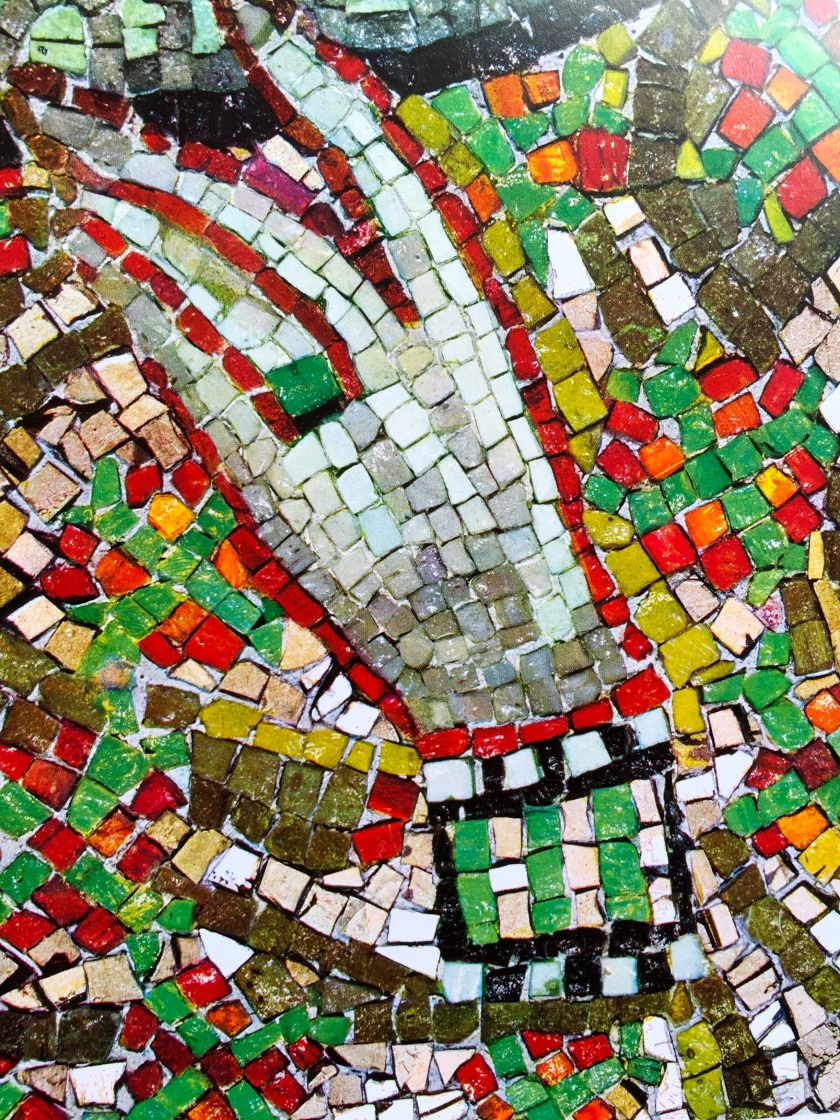
A beautiful historical and critical study of Byzantine art, much of it about Ravenna, is Andre Grabar’s Byzantine Painting. This picture is from Byzantine Painting. I couldn’t get that close!
RAVENNA TODAY
Ravenna itself is an industrial port city on the Adriatic coast, unprepossessing on first approach. Once you get to the Byzantine center, a UNESCO World Heritage site, all that changes to magic. There are the classic small streets and dead ends, stone buildings, lots and lots of churches. But it is what’s inside the buildings that brings us here. Prepare to be totally bowled over by the mosaics. These were our favorites:
Mausoleum of Galla Placidia.
The earliest of the famous Ravenna monuments, the “mausoleum”–quotes because Galla Placidia is not actually buried there–is a small brick building in the form of a Latin cross. The mosaics ornamenting the barrel vaults and dome here pre-date the Byzantine conquest and are Roman, not Byzantine. The high windows are glazed with Alabaster, giving a warm golden light.
The symbolic and decorative mosaic patterns soaring above the marble walls are amazing. It is so small a space that you are engulfed by the art. You are only allowed in for a limited time, and maybe that’s just as well considering that one could easily be overcome by the closeness and glory of it.
When we went for the second time, it was very early morning and no other visitor had yet arrived. After our allotted visit time, the guard, who recognized us from the day before when we were evacuated from the Archiepiscopal Museum during a fire alarm, spoke to us in Italian, mostly concerned that my ticket didn’t show that I had been to the museum when clearly I had. When I answered accidentally in my default Spanish that it was a new ticket since I had used up my previous one the day before, he announced with delight that he was actually Spanish and we had a nice conversation. He invited us back into the mausoleum and we had it to ourselves until someone else arrived. Heaven!
In fact, here is the starry night of the dome–almost heaven. It is said that Cole Porter was inspired to write “Night and Day” by a visit to the Galla Placidia.
Basilica of San Vitale.
A masterpiece. Absolutely. The apse will make you gasp. On facing walls are the famous portraits of Justinian and Theodora with their retinues. But look around! Peacocks, saints, flowers . . . there is no moment in the mosaic unadorned.
This is looking from the apse into the dome over the nave, which does not have Byzantine mosaics but is still beautiful:
And while you’re there, look down! The floors are gorgeous, too.
While I was at San Vitale early one morning with only a few fellow viewers, a basso profundo was chanting somewhere in the mysterious depths of the church. This was a fine reminder that this is a sacred site, notwithstanding the hoards of tourists tromping through. Early arrival is key!
Church of Sant’Apollinare Nuovo.
In the rectangular, airy nave, you are surrounded by miracles and processions. Along the top on one side are 13 small mosaics of Jesus’ miracles. Under them is a procession of 22 mosaic virgins led by the 3 Magi, identified here for the first time as Balthasar, Melchoir and Caspar. Keep an eye out for these wise men because they sport fantastically outrageous outfits that would make really great pajamas.
On the other side of the nave are 26 martyrs, a few saints, and above them, 13 mosaics of the passion of Christ. Most of the figures and faces are similar and undistinguished, giving a rhythm to the whole.
While you’re at Sant’Apollinare Nuovo, swing by the nearby Basilica of Saint Francis, burial place of Dante Alighieri. Despite the fact that he is known as a Florentine poet, he spent most of his life in exile, expiring in Ravenna in 1321.
HOW TO GET THE TICKETS
You need to get a 9.5 euro ticket which will give you entry to each of five major mosaic sites: Basilica of Sant’Apollinare Nuovo, Neonian Baptistry, Basilica of San Vitale, Mausoleum of Gallo Placida (at certain times of year there is a 2 euro surcharge for this), and Archiepiscopal Museum and Chapel. This is the biggest bargain in Italy. The ticket is valid for seven days but only good for admission to each site once. All of the sites are within walking distance. It is worth making the effort to see them all, even if it’s hot. The ticket offices are near the entrances to the monuments and well marked:
San Vitale – via Argentario 22
Sant’Apollinare – via di Roma 53
Museum Arcivescovile – piazza Arcivesovado 1
Battistero Neoniano – piazza Battistero.
More information about tickets is available here.
WHERE TO STAY
We stayed at the M Club De Luxe B&B, just at the gates of the old town. It is a quirky bed and breakfast in a building built by Venetians in 1452 for the noble family La Torre-Magni. It has been in host Michael Scapini Mantovani’s mother’s family, the Melandris, since the end of the 19th century. His father, an architect, restored the house from 2002 to 2006. Michael is an earnest host, eager to please you with his breakfast, advice, and parking skills. The décor is amusing, including an alligator skin, many paintings, and lots of angels.
The rooms are spacious, if charmingly irregular, and are identified by the predominant color used in the decor. Our room was the green room, advertised as “the most elegant at the M Club.” We certainly liked it. The window in the little nook looked over the 5th Century Gate of Adrian. Be sure to make a reservation for private parking at the M Club (10 Euros) as it is absolutely necessary. You cannot drive in the old town. The M Club is very near to San Vitale Basilica and Galla Placidia, the gems of Ravenna. Information about the M Club De Luxe is here.
IF YOU WANT TO MAKE YOUR OWN MOSAICS
The Mosaic Art School di Luciana Notturni, near the Basilica di Sant-Apollinaire Nuovo offers courses in the art of mosaic. There is an introductory five day course where you make two projects, one a copy of a Roman/Byzantine mosaic and one a contemporary piece. Once you have mastered this, there are classes in mosaic portraiture, carpet-floor mosaic technique, 3-D mosaics, micro mosaics, and mosaic restoration. More information about the school can be found here.
OTHER EVENTS IN RAVENNA
In the summer, on Tuesdays and Fridays there is a special night time festival called “Mosaico di Notte” (Mosaics by Night). San Vitale Basilica and the Mausoleum of Galla Placidia are open and guided tours are available of the archeological sites of the Domus of the Stone Carpets and the Rasponi Crypt-Roof Gardens. You must book in advance for these sites. Concerts in the forecourt of the Church of Santa Maria Maggiore and poetry readings in front of the Basilica San Francesco are part of the summer festival. There is also an International Festival of Organ Music. You can get more information on these events here.




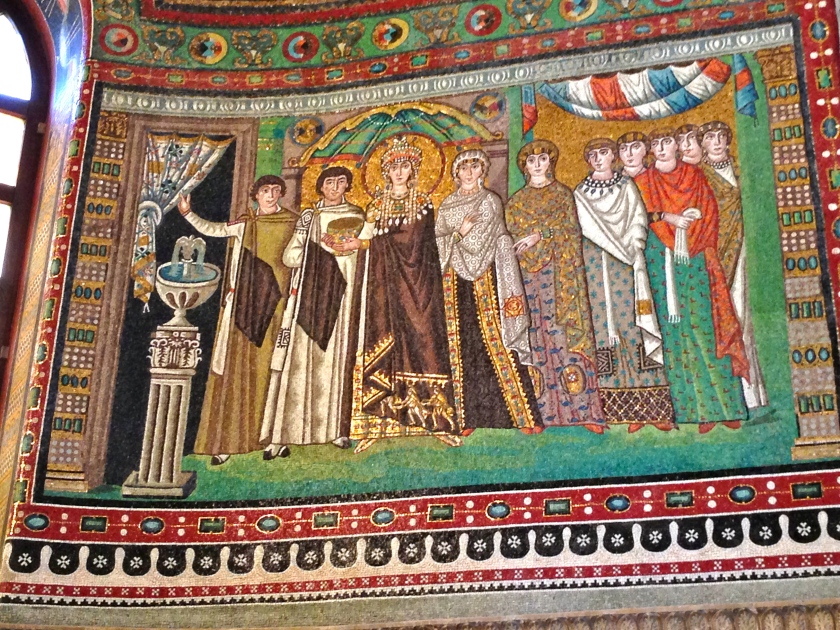

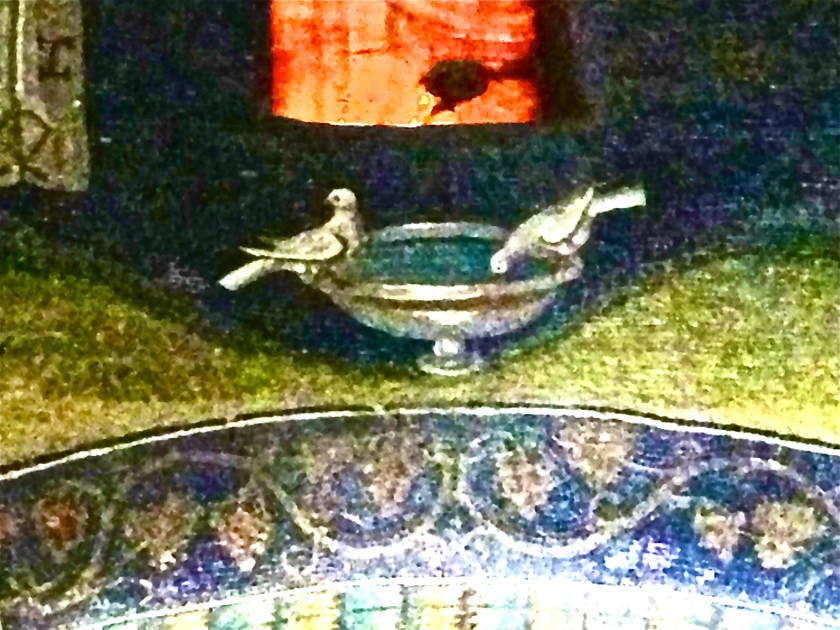






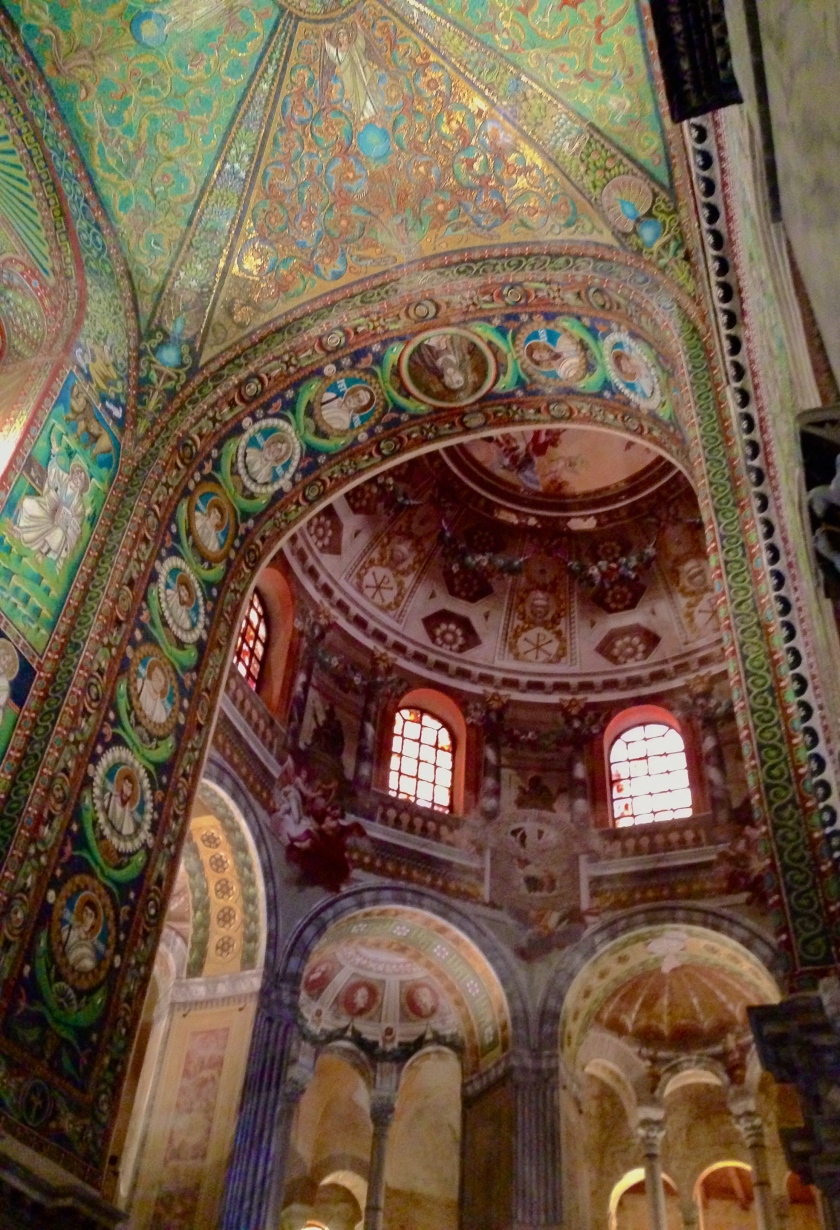




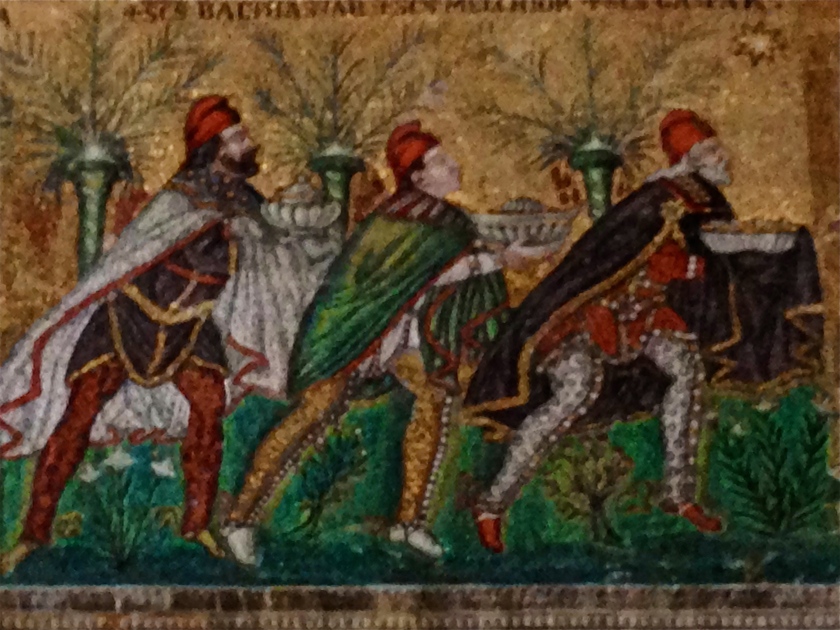



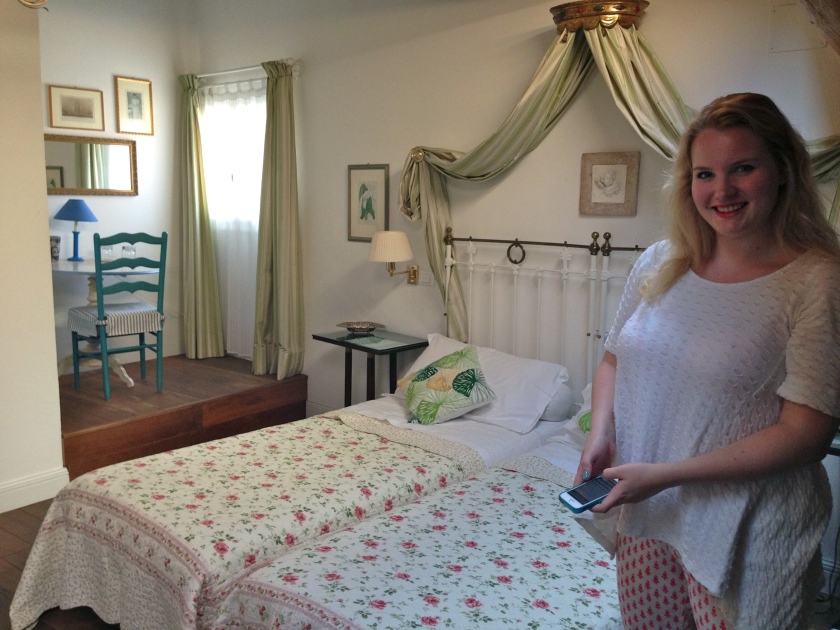

Aw, this was a very nice post. Spending some time and actual effort to create a great article… but what can I say… I put things off a lot and don’t seem to
get anything done.
LikeLike
Thank you thank you thank you! I had heard about the Friday lights on the mosaics, but I struggled to confirm it. As I worked to design our travel itinerary I was struggling to make Friday in Ravenna work due to other constraints (the Oalio in Cagli and the Highland Games in Stirling).
Then I found your rich article and learned of Tuesday night lights on the mosaics, along with music! Itinerary redeemed, thanks to you! Wishing you beautiful travel, Vicki in Spokane
LikeLike